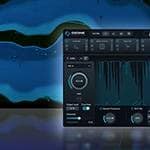So far, I’ve written two blog posts about power supplies, and I thought it might be time to continue the series.
In recent years, more and more effects pedals require voltages other than just 9V, as I briefly mentioned in Vol.1. If you haven’t read my previous posts, I recommend doing so to better understand today’s topic.
- Must-Know Things for Guitarists to Remember about the Power Supply, Vol.1
- Must-Know Things for Guitarists to Remember about the Power Supply, Vol.2
This time, let’s look at a few power supplies.
Vital Audio / Power Carrier VA-05 MkII
The VA-05 has three 9V outputs and two outputs that can switch between 9V, 12V, and 18V.
Voodoo Lab / Pedal Power 2 Plus
The Pedal Power 2 Plus has eight outputs, six of which can switch between 9V and 12V. The other two can lower from 9V, simulating the effect of a dying battery.
The Ojai R30 has five outputs, two of which can switch between 9V, 12V, and 18V.
As you can see, many power supplies for effects pedals offer switchable voltages of 9V, 12V, and 18V.
You need to set the voltage according to each pedal’s requirements.
For example:
MXR / M108S 10 Band Graphic EQ
The M108S requires 18V DC. Many issues reported, like no sound or LED not lighting up when connected to the power supply, are often because it’s connected to 9V.
Recently, some pedals can operate on selectable input voltages.
Xotic / EP Booster Overdrive/Booster
The EP Booster can operate on 9V, 12V, or 18V, although most people seem to use it at 9V.
Mad Professor / Mighty Red Distortion
According to its official webpage, the Mighty Red Distortion can operate on a supply voltage range of 7.5 to 18VDC. While 7.5V adapters aren’t common, I think the Voodoo Lab Pedal Power 2 Plus can provide 7.5V output.
The latest version of the MultiComp supports 9 to 18V. The older version, however, only supports 9V, so do not connect it to higher voltages.
Some pedals require specific voltages, while others allow you to choose. Pedals with a specified voltage will not function properly if used with any other voltage.
Pedals that allow voltage selection often sound different depending on the voltage. Generally, lower voltage results in more distortion, while higher voltage yields a cleaner sound.
However, lowering the voltage doesn’t mean a distortion pedal will become high-gain, nor does raising the voltage doesn’t distort the sound like a clean booster. Lower voltage can make the sound more fuzzy and compressed and this doesn’t turn an overdrive pedal into a distortion. Forcibly running higher voltage into a clean booster doesn’t turn up the volume without distorting the sound at all.
For a long time, it’s been said that overdrive pedals sound better with low batteries and the Voodoo Lab power supply can replicate this effect. Inside effects pedals, there are components called ICs and transistors that amplify the signal. When the battery runs low and the power voltage drops, the voltage supplied to these components decreases, causing them to not perform at their full output capacity. This results in a slightly compressed, muddier distortion. Some people actually prefer this sound, which is why it has been discussed in this way.
Higher voltage results in a crisper sound, which is ideal for pedals like the MultiComp and M108S that are not intended to distort. However, personal preference plays a big role, and there’s no one-size-fits-all answer.
There is no correct answer, so please look for your favorite application of your pedal.
Now, getting to the main point of what you absolutely need to remember. The idea that higher voltage changes the sound gained popularity with the discussion around the Centaur, an overdrive pedal that has become highly valuable and expensive now. People, even those who are not knowledgeable about electronics, started saying that the Centaur sounds good because it apparently increases the internal voltage from 9V.
The Centaur actually uses a step-up IC to create a voltage higher than 9V internally. Many modern overdrives modeled after the Centaur also incorporate this step-up IC.
As a result, some people thought, “If I use an adapter with a higher voltage, my overdrive will sound even better!” Connecting these pedals to voltages higher than specified led to numerous instances of effects pedals being damaged.
Components inside an effects pedal, such as capacitors, ICs, and transistors, have voltage limits. Exceeding these limits will cause them to fail.
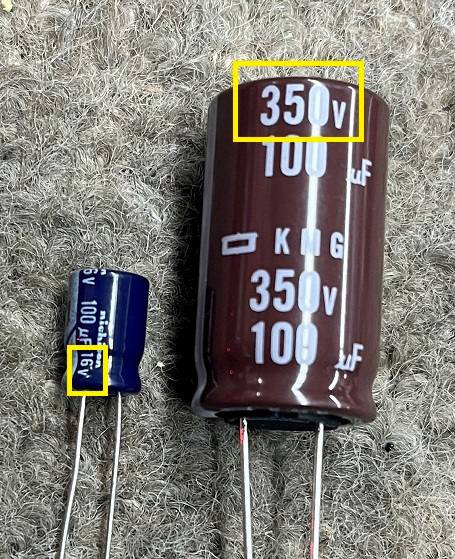
While there are small capacitors, as shown in the image above, capacitors that can withstand higher voltages tend to be larger.
Not just effects pedals but all electrical devices are designed with the internal voltage in mind when using the specified power source. While there might be some margin in the design, the components are often selected based on cost, availability, and the size of the product, which means they are often operating close to their limits.
Incidentally, the boost IC used in the original Centaur had a maximum input voltage rating of 10V. Applying 12V or higher would instantly destroy it.
Inside the Centaur, the distortion circuit uses the non-boosted voltage, while the tone circuit uses the boosted voltage. This design illustrates that simply increasing the power supply voltage is not always beneficial.
To summarize, please remember to never use an adapter or power supply that exceeds the specified voltage.
Additionally, make sure you know whether the center is negative or positive before selecting a power supply.





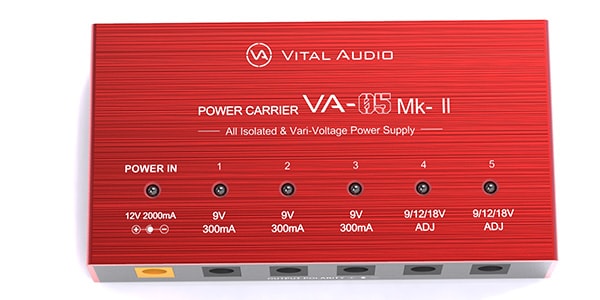
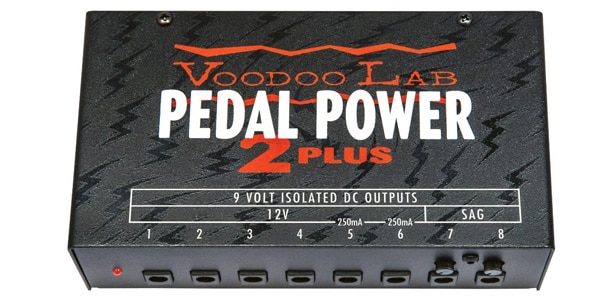
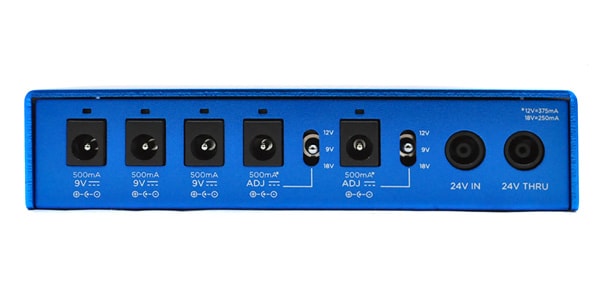
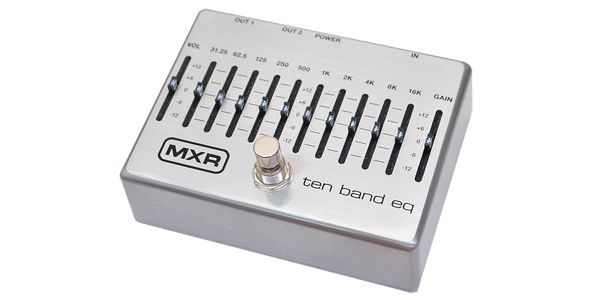
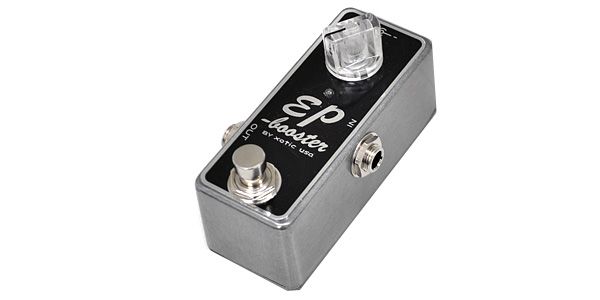
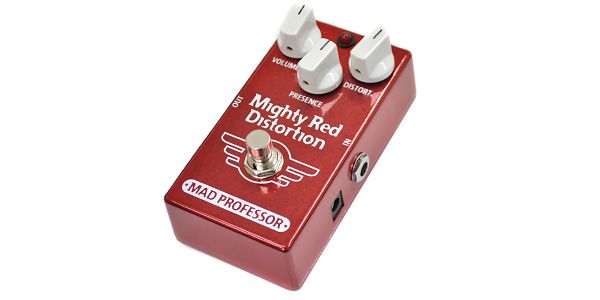
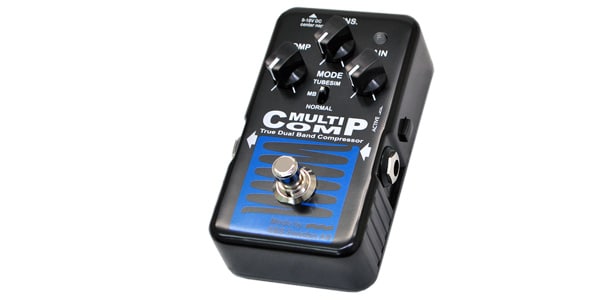

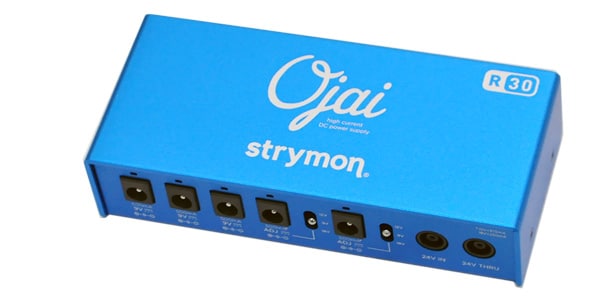






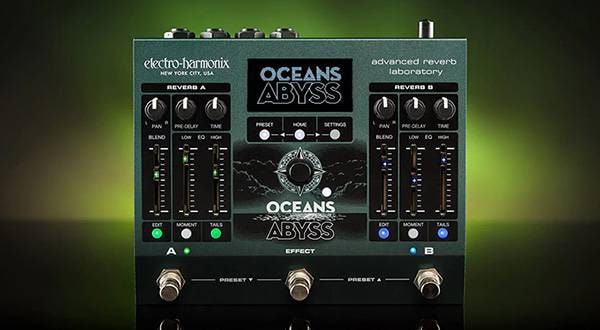


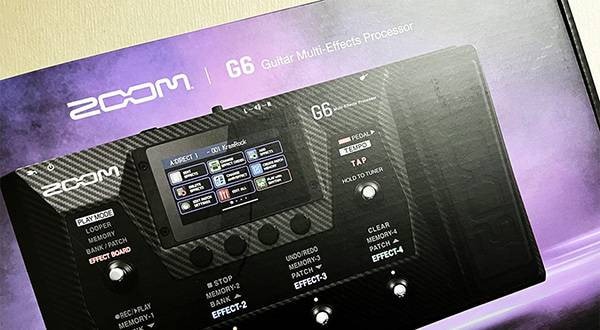
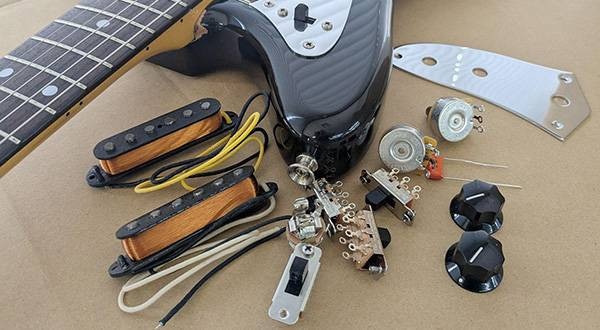

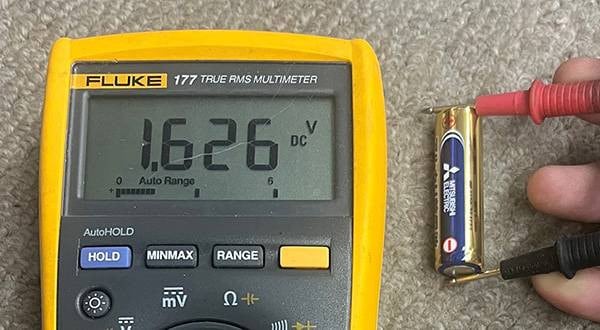
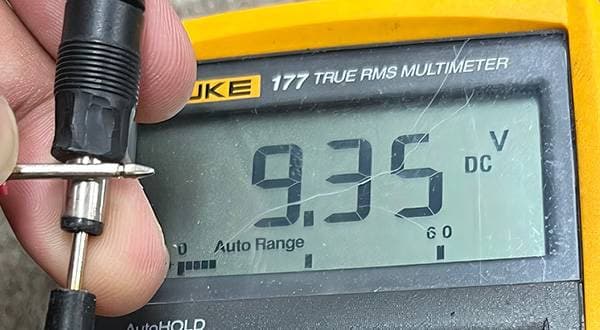
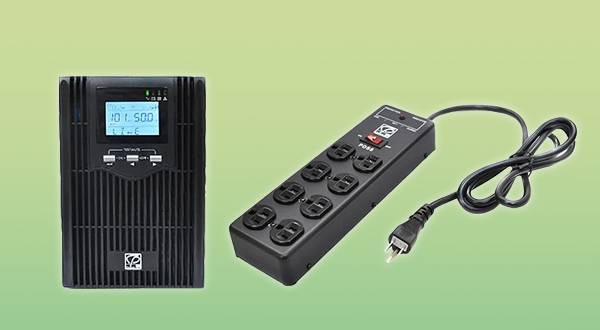
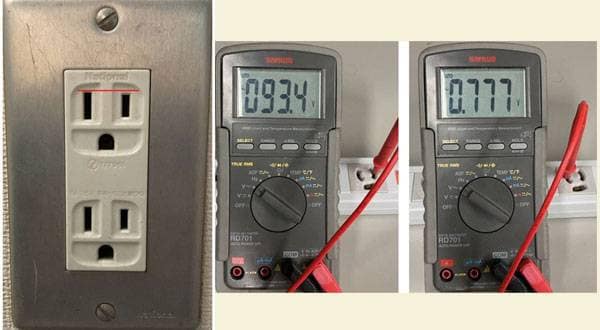
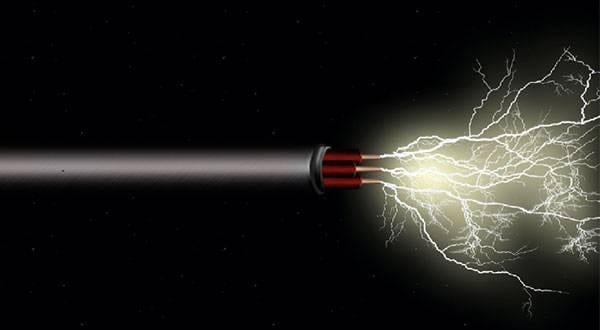
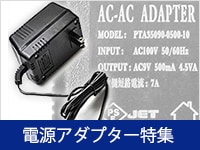 電源アダプター特集
電源アダプター特集
 【初心者向け】エフェクター講座
【初心者向け】エフェクター講座
 あなたのエフェクターボード見せてください
あなたのエフェクターボード見せてください
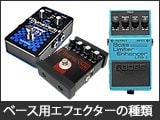 ベース用エフェクターの種類
ベース用エフェクターの種類
 エフェクターのつなぎ方
エフェクターのつなぎ方
 エフェクターの種類
エフェクターの種類





